In-Flight Payment Tech Update at APEX TECH
Share
The morning session on payment technologies at the APEX Technology Conference in Universal City, led by Rich Salter, chief technology officer, Lumexis and chair of the APEX Payment Technology Working Group (PTWG) brought together experts from the in-flight payment solutions sector to further discuss the various payment technology options, including recent information uncovered by the PTWG.
Vendor Perspectives
To begin the session Salter asked each member of the panel to give the audience a brief explanation of their involvement within the in-flight payment industry and, as showcased by the panel response, there are several facets of involvement as vendors look to provide airlines with more modern solutions and options to process in-flight transactions. For IFPL and Phitek, the focus has been on contactless payment and chip and pin. “We’re working towards producing a point-of-sales system that will mirror what you see in the stores,” says Mark Reed, business development engineer for IFPL. Similarly, Panasonic has concentrated its efforts on near-field communication (NFC) in anticipation for the liability changes that will occur in October 2015, while Axinom Aerospace are involved on the software side of payment solutions.
Salter challenged the panel to educate APEX TECH attendees on why an airline should choose to work with vendors versus working on their own solution for in-flight payment. “Ultimately its easy to find off-the-shelf [solutions] but the challenge comes in when you’re trying to integrate on a per seat basis,” explains Abdul Noury, manager, Product Management, Panasonic Avionics, noting the challenges faced when it comes to FAA compliance.
Tom Darbonne, North American sales manager, Phitek agreed that the whole process is very complex and airlines are going to want a panel of experts working with them in partnership.
Chip and Pin Versus NFC
Although vendors have been focusing on both chip and pin and NFC technologies, Salter noted that most of the buzz has been around NFC and perhaps for good reason. “One of the biggest issues is the security around these devices,” explained Reed. And given the average transaction is between $5 and $30, the additional hoops required to integrate chip and pin in the aircraft cabin have not made this solution as appealing to both vendors and airlines. And as noted by Noury, NFC is secure in about 90 percent of cases which is why they have focused on integrating NFC to the seatback: ” The holy grail is complete integration into monitor so we don’t take up more space,” adds Noury.
Members in the audience were keen to hear what the panel has to say about other payment technology options such as Bitcoin, a payment option now offered to airlines via Guestlogix. For Oleg Knut, chief technology officer, Axinom Aerospace, Bitcoin is not a feasible solution for the near future, but more of a marketing initiative for airlines.
Whether airlines opt for Bitcoin, NFC or chip and pin technologies we can all agree the process needs to be a collaborative in order to overcome the many challenges. As Noury notes: “It’s extremely challenging, but the rewards are going to be there.”



